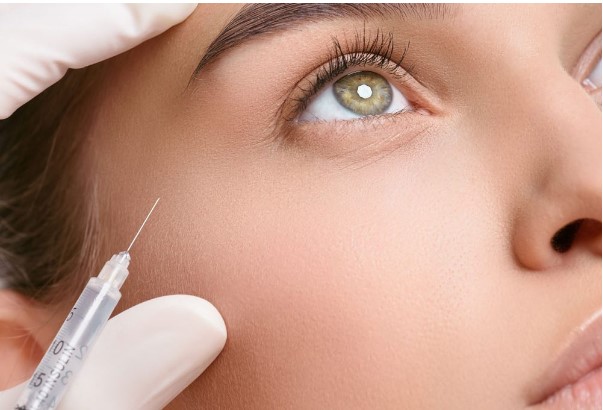In recent years, Botox has emerged as one of the most sought-after cosmetic treatments worldwide. Once primarily associated with reducing facial wrinkles, its applications have expanded significantly, transforming it into a versatile solution for various medical and aesthetic concerns. This article explores the rise of Botox, examining its popularity, applications, and the factors contributing to its widespread acceptance.
The Evolution of Botox
Originally developed in the 1980s as a treatment for strabismus (crossed eyes) and blepharospasm (involuntary eyelid twitching), Botox, derived from the botulinum toxin, gained FDA approval for cosmetic use in 2002. This marked a pivotal moment in the history of cosmetic procedures. Today, Botox is not only recognized for its ability to diminish the appearance of fine lines and wrinkles but is also employed in treating a variety of conditions, including migraines, excessive sweating, and muscle spasms.
The Appeal of Botox in Cosmetic Dermatology
Minimally Invasive Procedure
One of the primary reasons for the rise in Botox’s popularity is its minimally invasive nature. Unlike surgical interventions such as facelifts, botox requires no incisions or prolonged recovery periods. The procedure typically takes only 10 to 15 minutes, allowing patients to resume their daily activities almost immediately. This convenience is particularly appealing to individuals seeking subtle enhancements without the time commitment associated with more invasive surgeries.
Immediate Results and Longevity
Patients often seek cosmetic treatments for immediate results, and Botox delivers on this expectation. Many individuals notice improvements within 24 to 48 hours following treatment, with effects lasting three to six months. This relatively long duration before needing a follow-up treatment adds to its allure, as clients can enjoy a youthful appearance without frequent visits to the clinic.
Social Acceptance and Celebrity Influence
The rising acceptance of cosmetic procedures in society has played a significant role in the popularity of Botox. As public figures and celebrities openly discuss their use of Botox and other aesthetic treatments, societal stigma surrounding these procedures has diminished. This shift has fostered an environment where individuals feel more comfortable pursuing cosmetic enhancements to boost their confidence and enhance their appearance.
Expanding Applications of Botox
Medical Uses
Beyond its cosmetic applications, Botox has garnered attention in various medical fields. Healthcare professionals utilize it to address conditions such as chronic migraines, temporomandibular joint (TMJ) disorders, and even urinary incontinence. The versatility of Botox in treating these issues showcases its potential to improve patients’ quality of life while minimizing discomfort and invasiveness.
Treatment of Hyperhidrosis
Another significant application of Botox is in the treatment of hyperhidrosis, a condition characterized by excessive sweating. Patients suffering from this condition often experience significant social and emotional distress. Botox injections can effectively block the nerves responsible for sweating, providing relief and enabling individuals to engage more freely in social situations without the worry of excessive perspiration.
Innovations in Research
Ongoing research continues to unveil new applications for Botox, expanding its reach beyond traditional uses. Studies are exploring its potential in treating conditions such as depression and various types of chronic pain. As research advances, Botox may become a key player in a broader array of therapeutic interventions, reinforcing its status as a multifaceted treatment option.
Factors Contributing to Popularity
Education and Awareness
The rise of Botox can also be attributed to increased education and awareness among the public. With the advent of social media and online platforms, individuals are more informed about the benefits and risks associated with Botox treatments. This transparency has empowered patients to make informed decisions about their aesthetic and medical care, contributing to the surge in demand.
Accessibility and Affordability
The growing number of practitioners offering Botox treatments has made the procedure more accessible. From dermatologists to cosmetic surgeons and even some dental professionals, a diverse range of providers are now equipped to administer Botox. Additionally, the competitive nature of the market has led to pricing strategies that make Botox more affordable for a broader audience, further fueling its popularity.
Conclusion
The rise of Botox as a cosmetic and medical treatment reflects changing societal attitudes toward aesthetics and health. Its minimally invasive nature, rapid results, and expanding applications have positioned Botox as a transformative option for individuals seeking both aesthetic enhancements and relief from various medical conditions. As awareness and acceptance continue to grow, the popularity of Botox is likely to persist, solidifying its status as a mainstay in both cosmetic and medical practices. The future of Botox promises further innovations and expanded applications, ensuring that it remains at the forefront of modern aesthetic and therapeutic solutions.

